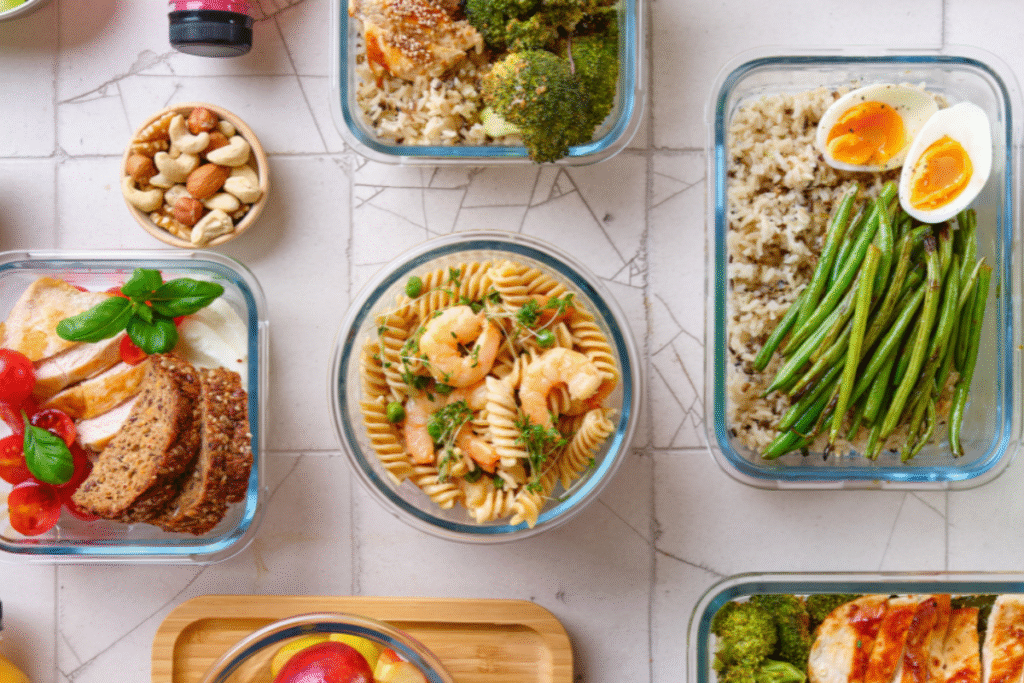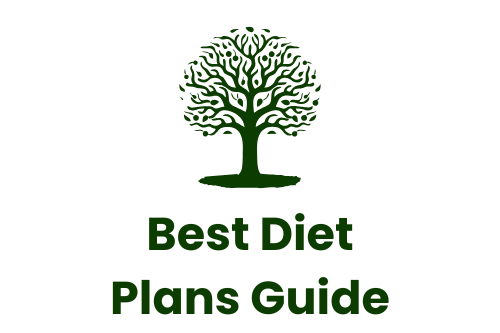
Balanced Diet Tips for Weight Loss
Losing weight doesn’t have to mean starving yourself or following the latest fad diet. In fact, the most effective and sustainable way to shed pounds is to focus on balance — giving your body the nutrients it needs without going overboard. A balanced diet helps you feel full and energized, supports your metabolism, and makes it easier to maintain your results long-term.
Here are practical tips to build a balanced diet that supports your weight loss goals.
1. Prioritize Protein in Every Meal
Protein is a powerhouse nutrient when it comes to weight loss. It helps you feel fuller for longer, reduces cravings, and even boosts your metabolism slightly because your body uses more energy to digest it. Including a source of lean protein in every meal — such as chicken, turkey, fish, eggs, tofu, or beans — can help you stay satisfied without overeating.
If breakfast usually leaves you hungry before lunch, try adding eggs, Greek yogurt, or a protein smoothie. At lunch and dinner, aim to fill about one-quarter of your plate with protein-rich foods.
2. Fill Half Your Plate with Vegetables and Fruits
Fruits and vegetables are low in calories but high in vitamins, minerals, fiber, and water — all of which help support weight loss and overall health. The fiber in produce helps slow digestion, stabilizes blood sugar levels, and keeps you full.
To make this easier, start thinking of your plate in sections. Aim to fill half with colorful vegetables like leafy greens, broccoli, peppers, and carrots. Add a serving of fruit as part of your meal or for dessert. Variety is key — the more colors you include, the more nutrients you’re getting.
3. Choose Whole Grains Over Refined Carbs
Not all carbohydrates are created equal. Refined carbs like white bread, pasta, pastries, and sugary cereals can cause blood sugar spikes and crashes that leave you hungry and craving more. Whole grains, on the other hand, digest more slowly, provide steady energy, and are packed with fiber.
Swap white bread for whole-grain bread, white rice for brown rice or quinoa, and refined snacks for options like oatmeal or whole-grain crackers. These small changes can have a big impact on your energy levels and appetite control.
4. Don’t Fear Healthy Fats
Fats often get a bad reputation, but healthy fats are essential for hormone balance, nutrient absorption, and feeling satisfied after meals. The key is to focus on unsaturated fats from sources like avocados, nuts, seeds, and olive oil — and to keep portions moderate.
A handful of nuts as a snack, a drizzle of olive oil on your salad, or a few slices of avocado on your toast can go a long way. Avoid trans fats and limit saturated fats from processed foods and fried items.
5. Limit Added Sugars and Processed Foods
Added sugars provide empty calories and little to no nutrition. They’re also linked to weight gain, insulin resistance, and other health issues. Processed foods often contain hidden sugars, unhealthy fats, and excess sodium — all of which can slow your weight loss progress.
Get into the habit of reading nutrition labels. Choose foods with short ingredient lists and minimal added sugars. Replacing soda with water, desserts with fruit, and packaged snacks with whole foods are simple ways to cut back.
6. Stay Hydrated Throughout the Day
Sometimes hunger is actually thirst in disguise. Drinking enough water supports digestion, keeps your metabolism running smoothly, and helps control appetite. A good rule of thumb is to aim for about 8 cups (64 ounces) per day, but you may need more if you’re active.
Try starting your meals with a glass of water and carrying a refillable bottle with you throughout the day. Adding slices of lemon, cucumber, or berries can make water more appealing if you don’t enjoy it plain.
7. Practice Portion Control and Mindful Eating
Even healthy foods can contribute to weight gain if you eat too much of them. Learning portion sizes and listening to your body’s hunger cues are key parts of a balanced diet.
Eat slowly, chew thoroughly, and pay attention to how you feel during meals. Stop eating when you’re about 80% full — you’ll likely feel satisfied within a few minutes as your body catches up. Using smaller plates and bowls can also help keep portions in check without feeling deprived.
8. Plan and Prepare Your Meals
One of the easiest ways to stick to a balanced diet is to plan ahead. When you have healthy meals and snacks ready to go, you’re less likely to reach for convenience foods that don’t align with your goals.
Spend a little time each week planning your meals, making a grocery list, and prepping ingredients. Cook in batches and portion out meals in advance. This not only supports weight loss but also saves time and money.
9. Be Consistent — Progress Over Perfection
Finally, remember that consistency matters more than perfection. You don’t need to overhaul your entire diet overnight or follow every rule flawlessly. Instead, focus on small, sustainable changes that you can maintain over time.
Weight loss is a journey, and building healthy habits one step at a time is the most effective way to reach your goals and keep the weight off.
Final Thoughts
A balanced diet isn’t about restriction — it’s about nourishing your body with the right mix of nutrients while enjoying the foods you love in moderation. By focusing on whole, nutrient-dense foods, staying mindful of portions, and being consistent with your choices, you can lose weight in a healthy, sustainable way.
Start with just one or two of these tips this week and build from there. Over time, small changes add up to big results.
Related Articles You’ll Love

The Best Diet Plans Guide Team is a group of wellness writers and nutrition researchers dedicated to helping readers find simple, sustainable, and science-backed diet plans. We review products, compare meal programs, and share practical tips for healthy living at any age. Our mission is to make better health choices easier — one plan at a time.